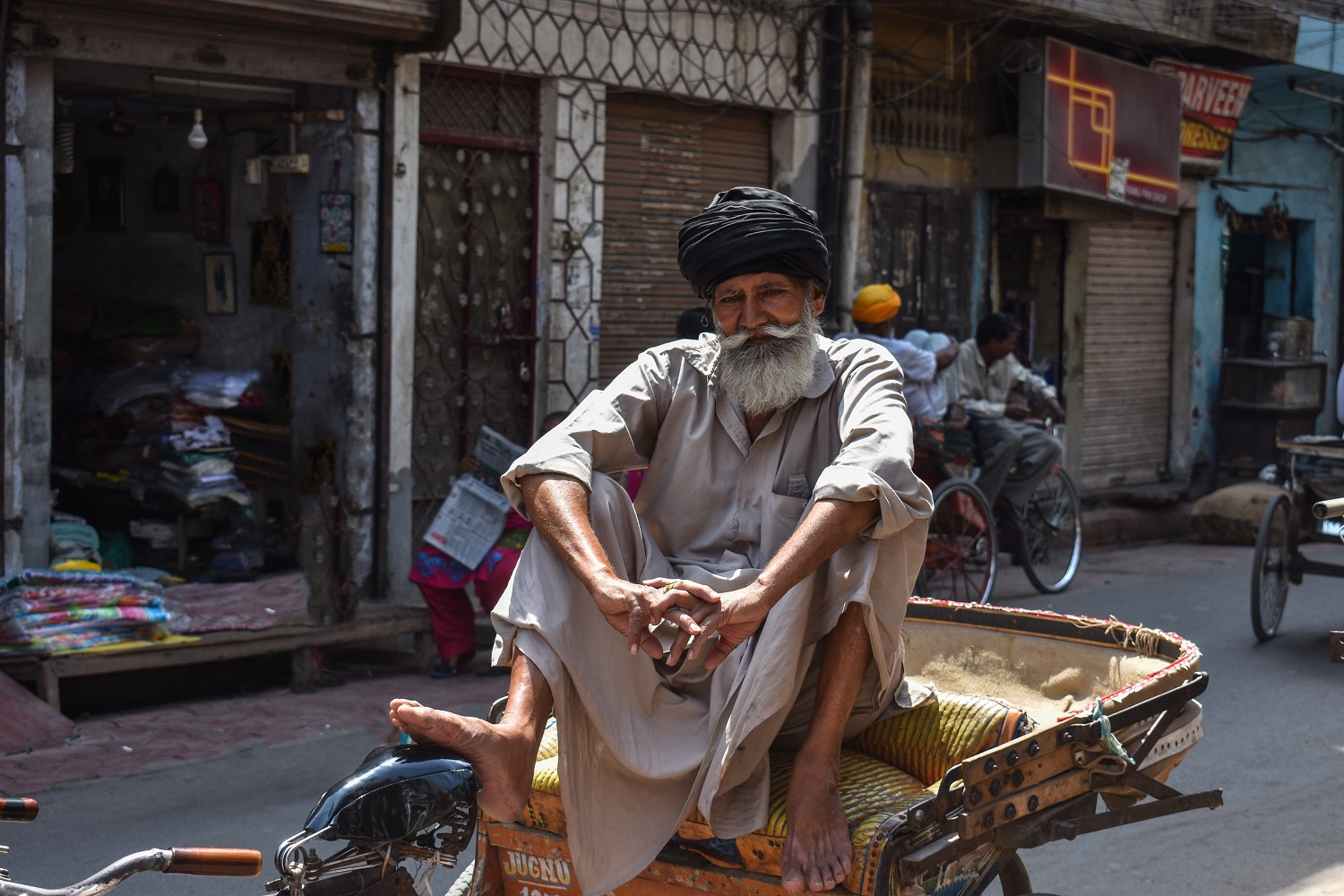
Universal Basic Income or UBI which was first mentioned in recent times in the Economic Survey 2016-17 has been selling like hot cakes in the build up to the Lok Sabha elections due in May with Congress president Rahul Gandhi promising a Minimum Income Guarantee Scheme and the prime minister instituting the Pradhan Mantri Kisan Samman Nidhi, where a beneficiary would get ₹6,000 per year in three installments. Keeping the politics of the matter aside there is a need to understand the rationale behind UBI and the reason why do many economists advocate it.
UBI requires that each person should be guaranteed certain minimum income just by the virtue of being the citizen of the country. Developmental concerns include how to raise the welfare of individuals and one way of doing so is by raising their income. Basic microeconomics tells us that a subsidy is less welfare increasing than an equivalent income transfer for the very fact that income transfer is not distortionary and the individual knows best how to allocate her resources. Although governments and taxpayers might want the beneficiaries to spend the transfers on issues like health and education, is being paternalistic the way out? Arguments that are usually raised against UBI is that the amount transferred may be used for purposes other than what the intention was of the policy maker (temptation goods like alcohol and tobacco), it may lead to a problem of moral hazard (transfer recipients might be too dependent on this income) and a few others.
Only a handful of studies have been conducted on the effects of U.B.I. so to reach to a definite conclusion of the effects of income transfers in developing countries is limited. For developed countries the purpose of income transfers is different in the sense that it usually serves as unemployment compensation during rough times in the labour market as opposed to developing countries where the major concern is poverty alleviation. A pilot test was conducted in Namibia, a country in southern Africa, between January 2008 and December 2009. A before-and-after analysis advocated that the rates of poverty and child malnutrition fell while the rates of income-generating activities and children’s school attendance rose, among other positive changes. In India, a pilot project was conducted in Madhya Pradesh by UNICEF in association with SEWA, for about a year and 17 months, over 6,000 individuals received small unconditional monthly cash transfers, or what was called a basic income, under two pilots. They used the modified Randomised Control Treatment method and found that six months into the intervention the transfer exercise had resulted in better sanitation outcomes,improvement in cooking fuel, statistically significant increase in the food sufficiency of the treatment group vis-a-vis the control group. The fact that there was growth of productive work in both general and tribal villages- lead to a sustained increase in income whereas no proof was found of an increase in spending on alcohol and some other positive evidences motivate a case for U.B.I.
To start thinking in the lines of providing minimum basic income the foremost questions that need to be answered are: Who all should be the beneficiaries and what amount of benefit should be transferred?In a vast and diverse country like India a universal basic income transfer does not make much sense. The marginal utility of additional income to Mr. Ambani would be very different from the same transfer to a poor farmer so what we need to look at is targeted UBI or quasi-UBI. How do we locate the poor in rural and urban areas? A good start might be to look at the various censuses, majorly the socio-economic caste census data but one has to be careful about the inclusion-exclusion criteria more importantly one should try minimising errors of omission.How would we fund this scheme?The Centre’s fiscal deficit will miss the target in the financial year 2019 and the next year too, in this light do we add-on basic income transfers to the schemes and existing subsides or do we replace or phase out some of these? For example, as argued in the Economic Survey 2016-17, replacing the PDS will increase market prices of cereals that the poor face. Similarly, phasing down MGNREGS might reduce market wages for rural casual labour. Thus, UBI should be rolled out in a measured way. The Pradhan Mantri Kisan Samman Nidhi is a headstart in this direction. The data collection has to be carefully carried out, studied and released (Lies, Damned lies and Statistics!) for better understanding of the scheme. Lastly, how will the income reach the beneficiary? Although Pradhan Mantri Jan Dhan Yojana has around 34.26 Crore beneficiaries and rapid digitisation has been taking place, all of this has to be complemented with financial literacy for the underprivileged as they are also the ones who are backward in the same. Implementation will be a challenge and we will have to weigh the short term costs against the long term benefits thoroughly.
Alisha is presently a student at Delhi School of Economics. She has worked with Economic Research Foundation and Institute of Economic Growth.